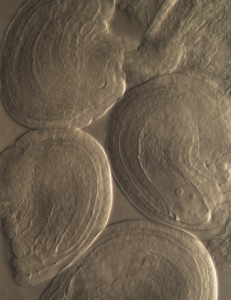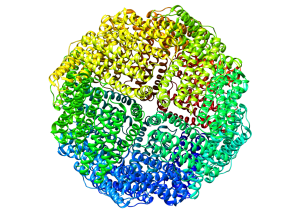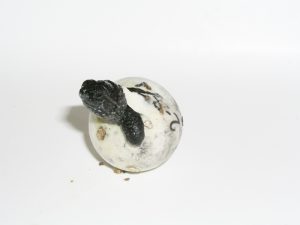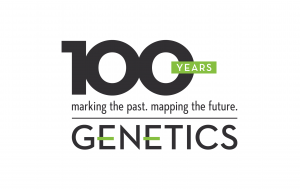Enter your address to receive notifications about new posts to your email.
Articles tagged Genetics Journal
(334 results)
-
Fish with robot friends: linking genes to behavior
The relative contributions of nature and nurture to behavior are a perennial source of dispute. That there is a genetic component is clear, but frustratingly, only a handful of specific genes are known to directly influence behavior in vertebrates. In the June issue of GENETICS, Greenwood et al. describe how they pinned down one of…
-
Jamborees of GENETICS Authors
By guest authors Robert K. Herman, Gabriela Huelgas-Morales, and David Greenstein This summer, GSA is throwing a genetics shindig–The Allied Genetics Conference (TAGC)–to bring geneticists from multiple disciplines together to promote interaction and cross-fertilization among fields. In a way, this meeting extends a current trend: GENETICS authors have been aggregating for some time. Those of us…
-
Inbred Neanderthals left humans a genetic burden
The Neanderthal genome included harmful mutations that made the hominids around 40% less reproductively fit than modern humans, according to estimates published in the latest issue of GENETICS. Non-African humans inherited some of this genetic burden when they interbred with Neanderthals, though much of it has been lost over time. The results suggest that these harmful…
-
June GENETICS Highlights
Check out the June issue of GENETICS by looking at the highlights or the full table of contents! This Month’s Centennial Articles Joshua Lederberg on bacterial recombination, pp. 613–614 Mark Johnston GENETICS Editor-in-Chief Mark Johnston introduces Joshua Lederberg’s GENETICS Classic Gene recombination and linked segregations in Escherichia coli, which describes the first genetic analysis of bacteria. Lederberg’s discovery that…
-
How worms that pump iron get fat
Despite its reputation as an innocent essential mineral, excessive iron intake can be poisonous, and maintaining the proper amount within our cells requires a molecular balancing act among several biochemical pathways. Even at levels that are not overtly toxic, iron overload in humans has been associated with an increased risk of obesity and related conditions,…
-
Milking the Data: How genomic selection herded in a breeding boom
Sometimes, great advances in science come from combining the old with the new. Genomic selection is one such case; in 2001, Meuwissen, Hayes, and Goddard surveyed the changing landscape of genetics, had the foresight to work on a then-theoretical problem, and laid the foundation for a boom in biotechnology-assisted breeding that continues to this day.…
-
Action at a distance
While the textbook enhancer is often depicted just upstream of a gene, many enhancers influence transcription from afar—some can activate genes a million base pairs away. Enhancers can even activate genes on a completely separate chromosome (i.e., in trans), a process called transvection. It’s not known how common transvection is, but an article in the…
-
May GENETICS Highlights
Check out the the May issue of GENETICS by looking at the highlights or the full table of contents! This Month’s Centennial Articles Eric Lander and David Botstein on mapping quantitative traits pp. 1–3 Gary A. Churchill Senior Editor Gary A. Churchill introduces Lander and Botstein’s 1989 Classic on mapping quantitative traits. This landmark work brought together the power…
-
First gene linked to temperature-dependent sex determination
The sex of many reptile species is set by temperature. New research reported in the journal GENETICS identifies the first gene associated with temperature-dependent sex determination in any reptile. Variation at this gene in snapping turtles contributes to geographic differences in the way sex ratio is influenced by temperature. Understanding the genetics of sex determination…
-
Centennial Awards honor outstanding GENETICS articles
The Genetics Society of America (GSA) and the Editorial Board of the journal GENETICS are pleased to announce the winners of the first Centennial Award for outstanding articles published in GENETICS in 2015. The awards were inaugurated just this year in celebration of the 100th anniversary of GENETICS. Three exceptional articles are recognized from three…
-
GENETICS and G3 Spring 2016 Editorial Board Update
GENETICS and G3 are excited to welcome new editors and to announce editorial changes for the current quarter. GENETICS Senior Editors: Karl Broman, Nick H. Barton, Oliver Hobert, and Audrey Gasch GENETICS Associate Editors: Oliver Rando, Kirsten Bomblies, Giovanni Bosco, Graham Coop, Thomas E. Juenger, Alan Moses, John Novembre, Daven Presgraves, Valerie Reinke, and Nathan Springer G3 Associate Editors: Ross Houston,…











